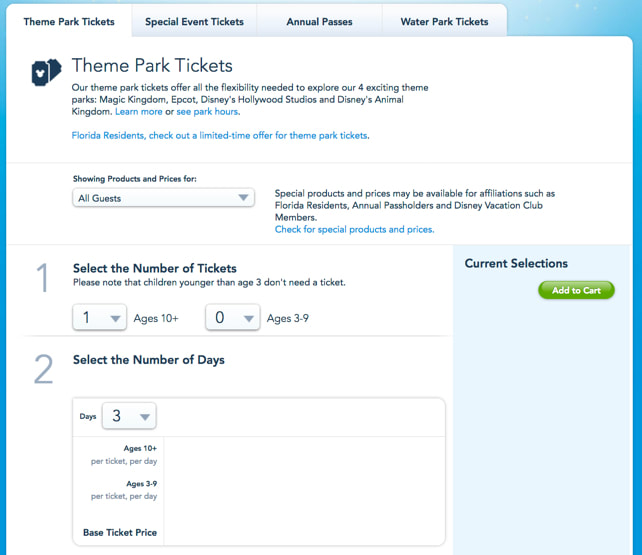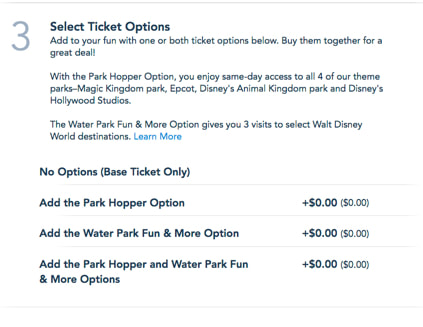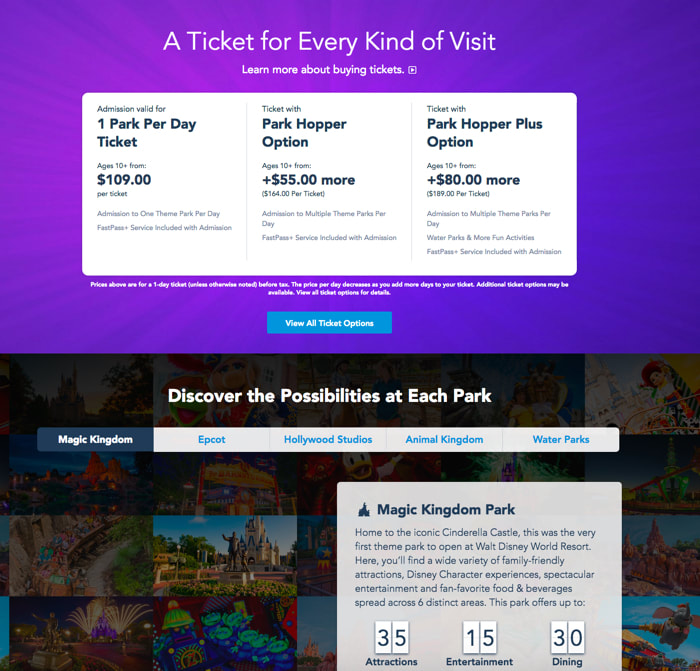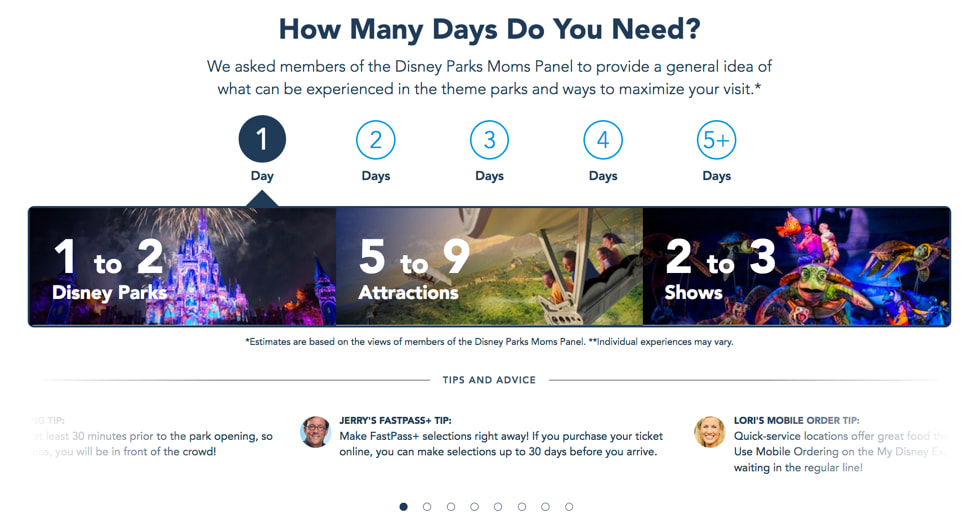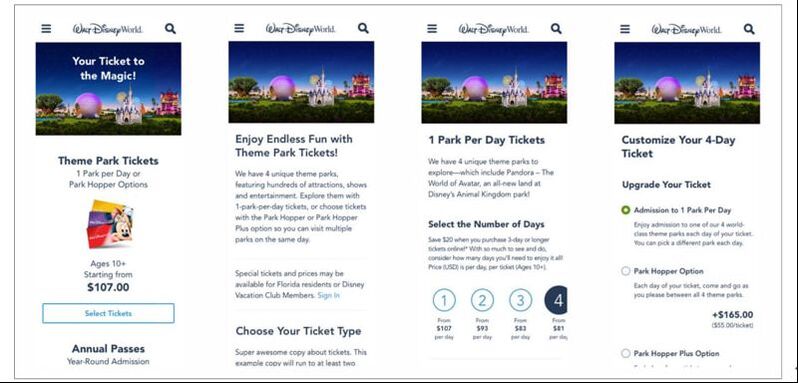Overview
This project focuses on removing friction in a checkout flow and decreasing abandonment.
Situation
Users were abandoning checkout flows for complex vacations they planned and were preparing
to book on the Walt Disney World website and app.
The cause was elusive.
Task
Content strategy was brought in to help understand why users weren't completing the checkout
flow and how to reduce the friction causing it.
Action
My team included:
User problem
I started by identifying the user problem – users were abandoning checkout flows for booking large
vacations because it lacked guidance, engagement, and feedback mechanisms.
This project focuses on removing friction in a checkout flow and decreasing abandonment.
Situation
Users were abandoning checkout flows for complex vacations they planned and were preparing
to book on the Walt Disney World website and app.
The cause was elusive.
Task
Content strategy was brought in to help understand why users weren't completing the checkout
flow and how to reduce the friction causing it.
Action
My team included:
- Content designer (me)
- Product designer
- UX Researcher
- Product manager
- Lead engineer
User problem
I started by identifying the user problem – users were abandoning checkout flows for booking large
vacations because it lacked guidance, engagement, and feedback mechanisms.
User Need1) Help completing booking flow
2) Contextual information within flow 3) Trip planning guidance |
Product Need1) Decrease drop-off/abandonment 2) Increase multi-day ticket sales
3) Increase average order value 4) Decrease calls to call center |
Solution & Strategy1) Leverage UX research to better understand users & requirements
2) Add supportive contextual content 3) Insert educational "tooltips" 4) Make it more magical |
User persona
Shape a user persona and capture the user need.
Share with the cross-functional team and stakeholders for confirmation.
Verify with research
Partner with UX research to compile the existing research ("what we know")
and identify new research needed ("what we need to know").
Result: User abandonment in checkout was caused by:
Content strategy
With a short window before launch, we needed an effective content strategy to action immediately.
My strategy focused on:
Shape a user persona and capture the user need.
Share with the cross-functional team and stakeholders for confirmation.
Verify with research
Partner with UX research to compile the existing research ("what we know")
and identify new research needed ("what we need to know").
Result: User abandonment in checkout was caused by:
- lack of guidance
- low content engagement
- no feedback mechanisms
Content strategy
With a short window before launch, we needed an effective content strategy to action immediately.
My strategy focused on:
- improving the user experience
- adding user-requested content
- improving engagement
- adding feedback mechanisms
Removing user friction in flows
is important work for content & design strategy.
Contextual content can help when testing reveals a user need,
as can restructuring flows into smaller steps with clear, simple tasks.
is important work for content & design strategy.
Contextual content can help when testing reveals a user need,
as can restructuring flows into smaller steps with clear, simple tasks.
Reducing eCommerce friction with content
BEFORE
- Our original ticket landing page had a dearth of content, resulting in users seeking help from Chat and Call Center
- UX research showed that users wanted more information about tickets, packages and number of days required to experience the Park
- High drop-off and low completion rates were a direct result
AFTER
- Our new tickets page offers users an inspiring overview of our Parks, links to discover more and access to a Tickets Guide.
- It is engaging and informational.
- Guests feel less like they are making a rigid transaction (increasing commitment phobia) and more like they are interacting with and building their dream vacation, lowering anxiety and enjoyment in the process.
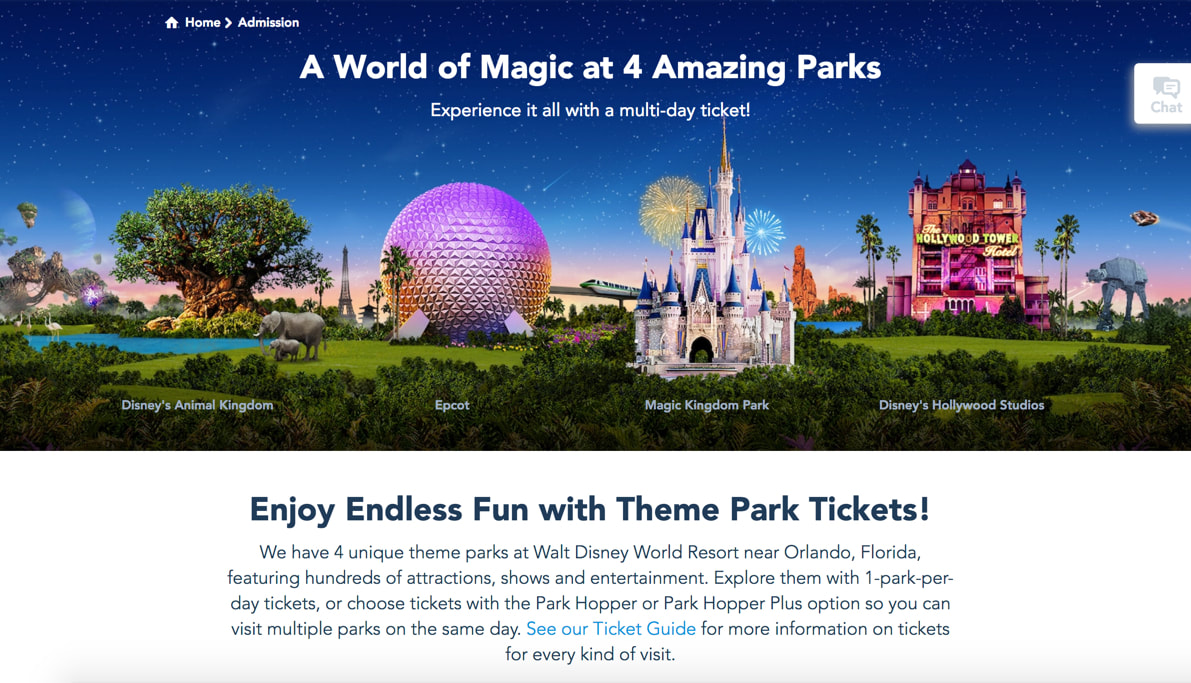
We added at ticket guide to augment the content on the ticket landing page
to help guests explore their ticket needs and options.
to help guests explore their ticket needs and options.
TESTING
We tested combinations of content and imagery to find the balance the user was seeking between experience and information.
We tested combinations of content and imagery to find the balance the user was seeking between experience and information.
Takeaways and results
Content design began playing an increasingly larger role shaping
user-focused product experiences in eCommerce flows. This began after
two things happened:
- UX writing improved abandonment
- Disney moved away from a traditional belief that less content was preferable
In the past, links, supporting information, engagement and storytelling was
removed for fear it impeded completing the flow.
Our UX research and user testing found the opposite was true.
Most companies turn the lion share of eCommerce work to design,
believing it is "mostly UI work." While design plays an important role
in eCommerce, leveraging UX research and partnering with product
content design encourages a deeper collaboration around what content,
how much, hierarchy of information and what tools (if any) should be
offered to the user, leading to improved results and more enjoyable experiences.
Metrics/data:
- KPIs:
- 1) 7% increase in multi-day ticket sales
- 2) 2.8% increase in vacation package sales
- 3) 5.5% increase AOV (average order value)
- 4.5% decreased abandonment rates
- 4.2% increased flow completions
- decreased calls to the call center for planning advice
- positive test/user feedback


